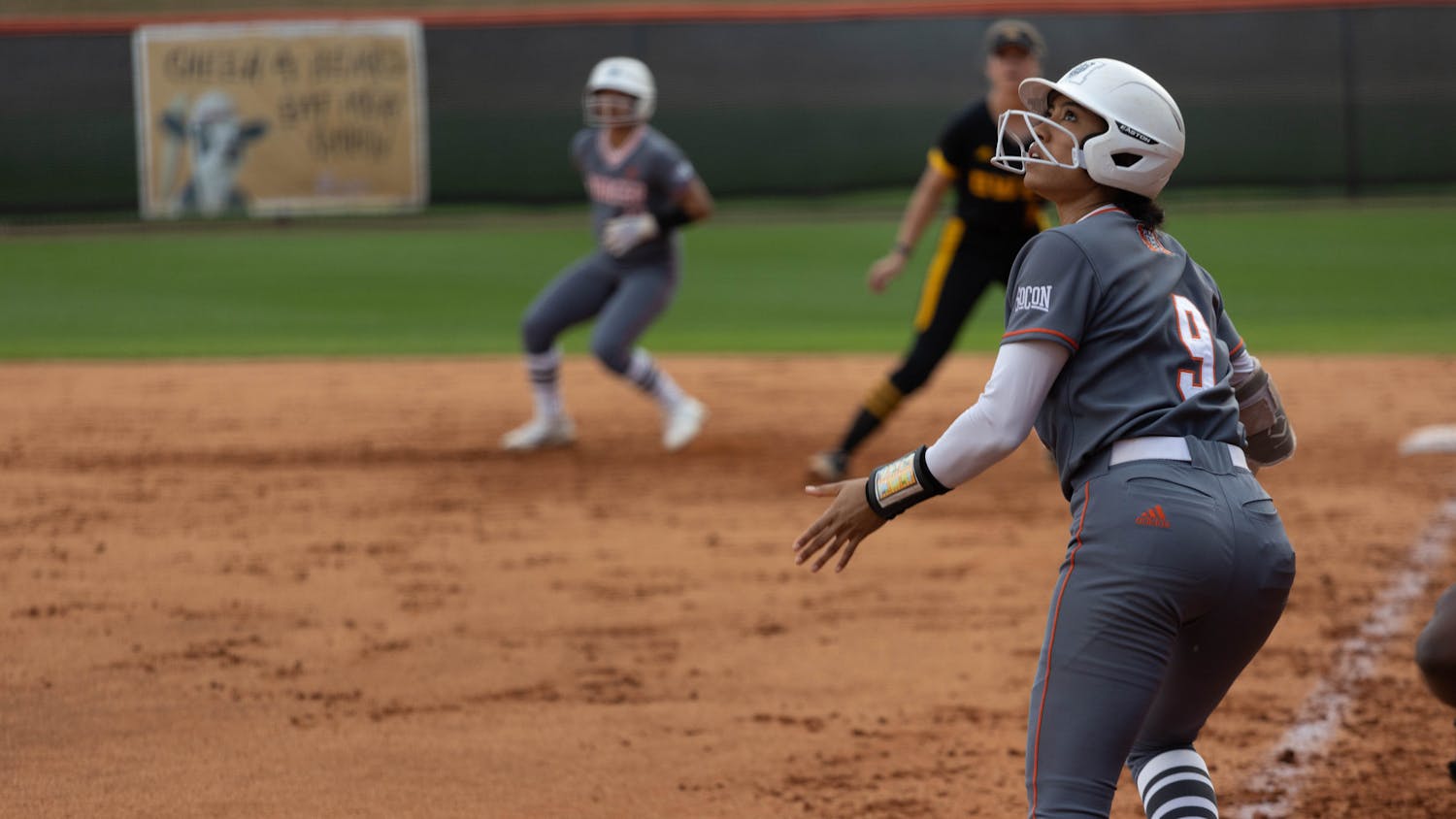The perfect game is a novelty, happening on average about once every three to four years. In 2010, however, we saw the stars align to produce two perfect games (three, if you count Armando’s gem). In total, we also saw six no-hitters pitched and witnessed some of the best pitching stats since the 1992 season. The “Year of the Pitcher,” they’re calling it, and the Year of the Pitcher it was. But it’s not over—there’s more to come in 2011.
Within 20 days of each other, Roy Halladay and Dallas Braden carved their names into baseball history. Braden tossed his perfect game for Oakland on May 9, 2010. Halladay was hot on his heels dropping his perfect game on May 29. Armando Galarraga’s [sorta] perfect game would occur just a few days later, on June 2. All within 30 days of each other—what a month in baseball!
All this came after Buehrle hurled his perfect game in 2009, giving us four perfect games in just two short years. Before Buehrle’s gem, the last perfect game recorded had been in 2004 when Randy Johnson solidified his hall of fame career with the elusive feat.
Barring the perfect games, major league pitchers accumulated their best statistics since 1992, punching out an earned run average (ERA) of 4.08 per game, which is not only the lowest cumulative ERA since 1992, but is also .47 points lower than the average ERA over the last two decades. This trend continues in each category with each individual statistic being the best in recent years.
Just because 1992’s statistical output was impressive, however, does not make it an overall better year. After all, 1992 produced just one no-hitter and no perfect games, whereas 2010 gave us six no-no’s and two (arguably three) perfect games.
Another fact worth noting is the number of home runs (HR) per game for each season. In the 1992 and 1993 seasons, pitchers averaged well below 1 HR per game, while the average for 1994 broke above that marker, hitting 1.03. This number would gradually rise until it hit its peak in 2000, at 1.17 HR per game. Then, in 2006, the number began to decline. In 2010, the HR per game average dropped down below one to .95, the lowest average since 1993.
Ironically, the rise and decline of home runs per game mirrors the introduction and rise/fall of steroids in baseball. Before 1994, it was not odd to see ERA down in the three-point range with HR per game limited to a maximum of .75 each season. Were there steroids in baseball before 1994? Of course. Were steroids as prominent as they have lately become? Not even close.
I’m not giving pitchers an excuse, but it’s difficult to do well when you’re pitching against a lineup of superhuman batters. Do not misinterpret me: steroids don’t produce good hitters, but they do turn a routine such as a lazy line drive at the shortstop into a base hit over the shortstop’s head into left center. Baseball is a game of inches, and steroids provide just that.
With the decline of steroids in baseball and Bud Selig’s attempt to castrate them completely from the sport, I suspect we’ll see many more “Years of the Pitcher.” After all, when these tremendous athletes have become accustomed to pitching to monstrosities that punish their every mistake, it becomes a different game when that pressure for perfection is relieved, if only slightly.
I don’t expect three perfect games every season from here on out, but I believe the days of the 60 and 70 home run seasons are fading fast into history. I’ll miss the home runs, but I welcome the low-scoring, gut-wrenching hardball that will take their place. Here’s to the “Year of the Pitcher” and to the many more to come.
Right Field Bleachers

(photo courtesy of blippitt.com) Roy Halladay was one of a handful of pitchers to record a no-hitter in 2010.




